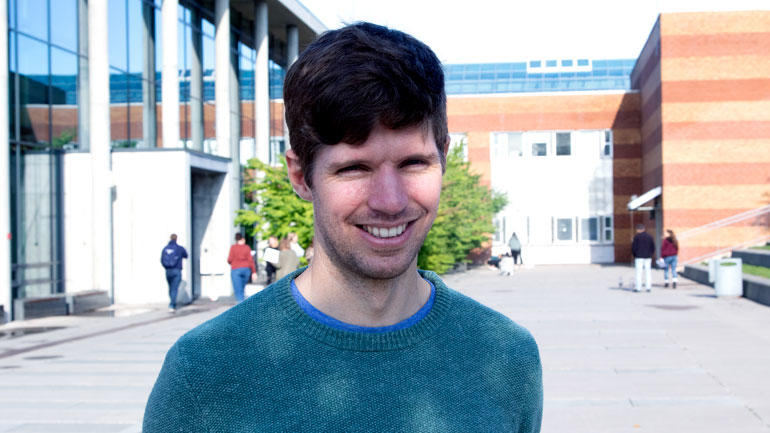Heat generation in underwater transducers
Underwater transducers, more commonly known as SONARs (SOund NAvigation and Ranging), are systems used in the maritime industry that can send and receive acoustic waves in water. In the same way that a bat or a dolphin can detect and locate prey through echo location, an underwater transducer can be used to map the seabed, locate submarines or even communicate
underwater.
An issue occasionally encountered in modern underwater transducers is overheating due to the power and frequency bandwidth needed for current applications. Overheating can cause the materials in the underwater transducer to behave differently, thus reducing the efficiency of the system. Excessively high temperatures can even cause the materials to fail.
This research explored a method to predict the temperature rise in one of the key components of underwater transducers, the piezoelectric material. To achieve this goal, a characterization method was developed to determine the relevant material parameters of piezoelectric materials. The temperature rise in the piezoelectric material was then modelled using the characterised material parameters and compared to the measured temperature rise. The result of this comparison demonstrated that although the match was not ideal, aspects of the temperature rise, especially as function of position, were captured well by the
model.
The final result of the research was the comparison between the measured and modelled temperature rise in the piezoelectric material. The difference in the temperature rise across various points on the piezoelectric material was very comparable. This result demonstrated that there is promise in using such a method to predict the temperature rise in piezoelectric materials but that further experimental work was needed to assess the validity of the method.
